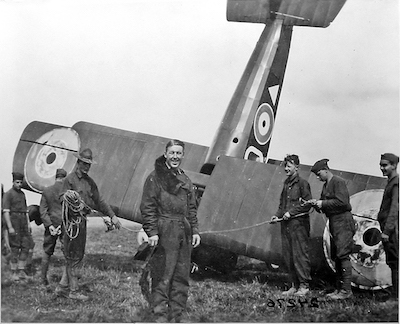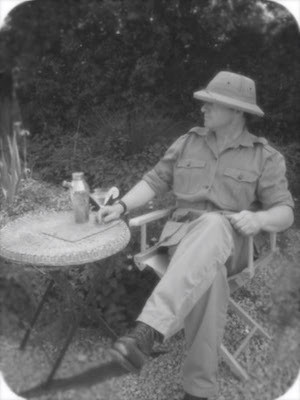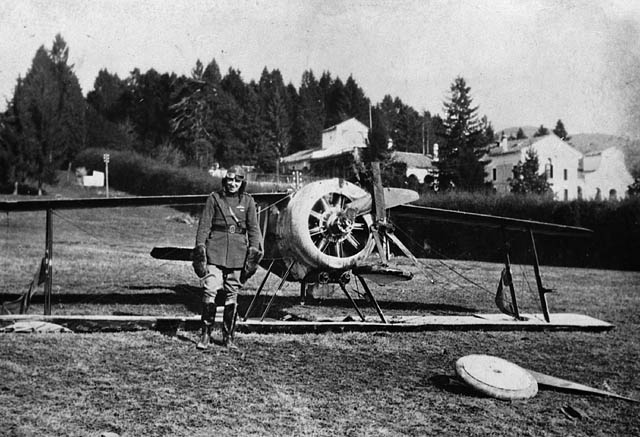This month we have been traveling fairly well nonstop for three and a half years. Insofar as much of that time we have literally been homeless, travel has been a bit of a necessity. Granted, it was a chosen necessity.
In addition to our prior lack of a home, our travel has been fueled by a passionate fascination with our world and her people, and it has been driven by information. You might expect that this old technologist has relied entirely on social media, blogs, vlogs, snogs, snivels, and a host of the other modern infotech available nowadays for anyone with passing interest in exploring the world. Granted, all manner of interapps have been a source of convenient, always at-hand, information, but for our travel euros (bahts, zlotis, rupiahs, pounds, what have you) the best source of inspiration remains the imminent and illustrious college of travel writers.
There was—and still is—the original king of budget travel, Arthur Frommer, who I was shocked to find many of today’s nomadic youngsters have never heard of. “You know,’Europe on Five Dollars a Day’?” I asked one such youth. “Five dollars?” he asked, incredulously. “Even Nomadic Matt spends more than that.”
And then there’s travel guru Rick Steves, advocate of getting off the beaten track and connecting with the locals (a notion which seems both quaint and patently obvious to us now), whose sheep-like aging fans—stumbling through the Louvre with their noses buried in his trademark blue books—are called “Ricknics”. And of course there’s Bill Bryson, the Anglo-American master of wry wit, tongue-in-check observations, meticulous historical research, and delightful sarcasm. Not to mention Mark Twain, the grandfather of modern travel writing.
But perhaps the greatest travel writer of all time you’ve likely never heard of. He’s English adventurer and writer Thomas Jefferson Snodgrass. Named after America’s third President, who Snodgrass would later describe as “the most principled asshole in Western history”, TJ Snodgrass (as he authored his books) was born on January 1st, 1900, making his birthday 1/1/1900, slyly immortalized by Microsoft as the default date for all of their operating systems since DOS 1.1. Imagine Captain Cook, Teddy Roosevelt, Michael Scott, and Ernest Hemingway all rolled in one.
I discovered Snodgrass in a vintage book shop in Hereford, England just a few miles from his birthplace of Winkie-on-Wye. The title of his 1925 seminal guidebook caught my eye and immediately drew me in: “Brzywsklk, Romania, And Other Shit Towns”. I have since become a collector of Snodgrass’s works, including:
- 1928’s masterpiece of travel literature “Oh God, Why Am I In Fluckerhaven, Denmark?”
- 1930’s immensely witty and word-bending “Where The Hell Has That Goddam Sherpa Got Off To?”
- The groundbreaking 1932 collection “‘Holy Hell’ And Other Lengthy Emails From New Guinea”
- 1933’s illuminating “Steers and Queers: The Only Two Things from Australia”
- And his best-known travel guide from 1938, “Now Is The Time To Visit Ever-Charming Germany and Italy”
You can imagine my sheer delight at discovering the semi-authorized biography of Snodgrass by his London contemporary, the Englishman Goshanraj Parikshit (later Lord Parikshit, even later Sir Lord Parikshit, and eventually dead). It seems Snodgrass’s life was just as interesting as his writings.
As mentioned previously, Snodgrass was born at the dawn of the 20th century. When his father, Bexley Alfred Snodgrass, died in a freak lavatory explosion, young Thomas was forced to take over the family rhubarb farm at the age of three lest mother Imogene and older sister Celestial be forced into the dreaded local workhouse. Young Thomas excelled at farming and produced blue ribbon winning rhubarbs, later diversifying into a self-styled hybrid of peppers, squash, and artichokes that he called hot squashichokes (for which he also received his first patent at the age of eight).
But in 1914, duty called at the outbreak of World War I. Young Thomas committed his mother and sister to the care of the lovely local workhouse and presented himself at the local military recruitment offices where, being only fourteen years of age, he claimed on his application to be fifteen. He was accepted straightaway, and the next day he proudly bore his uniform in support of King and country and was sent off to be trained as a pilot in the fledgling Royal Air Force.
A few weeks later he was flying a Sopwith Camel over France. He would later write of the experience, “Ah, I had never imagined, scarcely dreamt, the freedom possible behind the stick of a flying machine, soaring above the trees and dropping hand grenades on Germans below. It was all so charming!” His skills as a pilot were questionable, though, as indicated by one commanding officer who said, “That Snodgrass bloke is rather lucky to be alive.”

“Another successful landing!” TJ Snodgrass, 1916
Thomas emerged from the war a decorated flying ace, and at the urging of his mother—who wrote assuring him of their quality of life in the charming workhouse doing meaningful work sewing buttonholes in cozy quarters with a sorority of two hundred like-minded women—decided to stay on the continent, and his love of travel was born.
We know from his books that Snodgrass spent a great deal of his early travels in Eastern Europe, particularly Romania and Bulgaria, where he prized the women for their big hands and the men for their sausage making skills. Snodgrass’s early wordsmithing skills began to emerge during these travels. “The landscape,” he wrote of the Slovakian frontiers, “is like a big wavy pie crust, but much prettier and not smelling as enticing.”
His thrill addiction, no doubt developed in the Great War, compelled him eastward, and by 1934 our hero is in Nepal, hands on his hips as he gazes upwards at the peak of Everest. “Yes, right. We’ll leave this one for Hillary, shan’t we? Now, be a good sherpa-man and bring me a gin.”
From Nepal our hero ventured on to Peking, where he inadvertently planted seeds of revolution by suggesting to Mao Zedong that the future Communist Party leader was thoroughly underpaid (though it is nearly certain Snodgrass mistook Zedong to be a waiter at a tea shop he frequented while in Peking, an honest mistake given Zedong’s self-styled “uniform”). In the ensuing years, Snodgrass traveled on to Thailand, Malaysia, Borneo, Indonesia, Australia, New Zealand, and New Guinea.

It was during these travels that Snodgrass perfected his pencraft. One can practically smell the salt air when reading his description of the Pacific Ocean: “It is blue; very, very blue.” Of the natives of New Guinea we can practically feel ourselves with Snodgrass when he writes, “They look me up and down, slowly, deliberately, in the same manner an Irishman envies another Irishman’s Guinness, punctuated by the watering of their mouths.”
And there is this beautiful passage, penned—perhaps at the pinnacle of his writing skills—while traveling across the blazing heat of the Australian Outback:
Across the vast seemingly endless scarlet-golden plains, a persistent grit on my lips and my lungs struggling to ingest the heavy air of God’s great southern furnace, my eyes strain through a constant stinging blast of wind, alighting upon the wispy visage of the backs of my guide party, who may or may not actually exist, I can no longer remember nor tell. My feet ache with every labored step, and I fear my socks are blood-soaked from the painful blisters I have suffered for the past six days. There is a persistent smell as of burnt wheat, ozone from the frequent and inexplicable lightning strikes, and the dung of nuisance wallabies and kangaroos, and there is a constant mind-splitting scream of moskeetos the size of locusts and the voracity of vampire bats—my aboriginal guides assure me that few are afflicted with the yellow fever, even fewer still with hemorrhagic fevers. Hope gradually returns now that we have but five more days of spirit-breaking travel. It really is a beautiful country, I highly recommend anyone to visit it.
Snodgrass continued to travel and write until his death, of still mysterious causes, on the Caribbean island of Saint Arturo in 1975. By then he had visited all seven continents (of Antarctica he wrote, “What’s the bloody damn deal?”) and over one hundred and forty countries. He was married at least three times by my count, including once to an African princess, and he published no less than forty travel guides, his last being 1975’s “Iran: Playground of the Middle East”.
I am sure you too will enjoy my discovery of TJ Snodgrass as I draw my own inspiration from his travels. From time to time in coming blogs, I will quote his inimitable verse, explore his adventures and his life in more detail, and share more of my personal research into this most fascinating of travel writers. TJ Snodgrass is truly the greatest travel writer there ever was.







